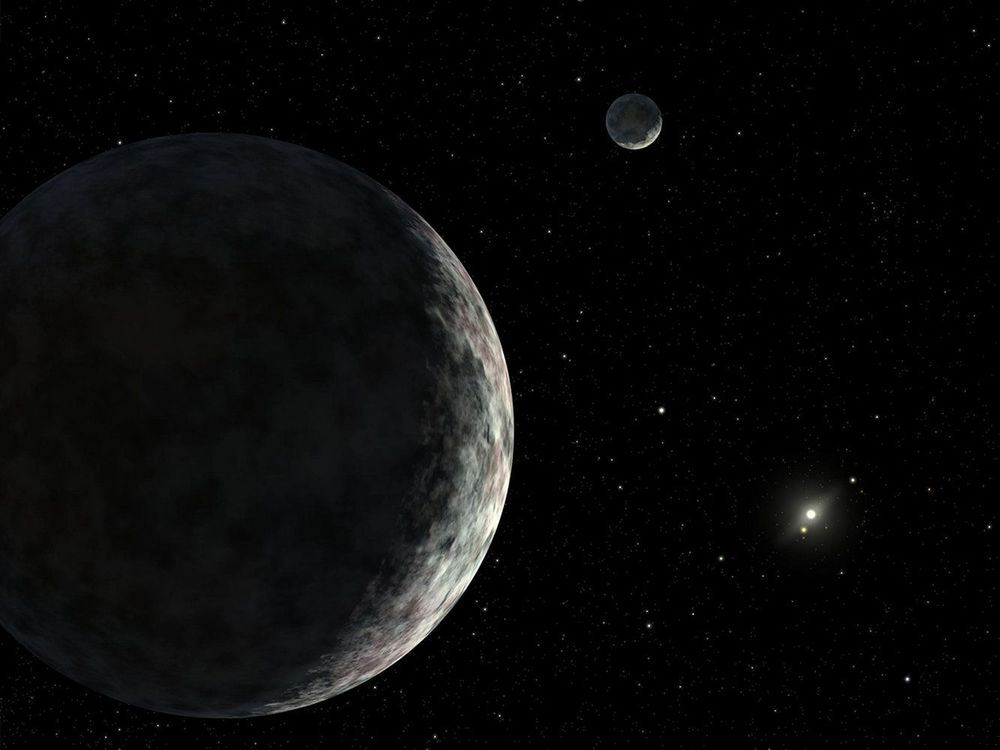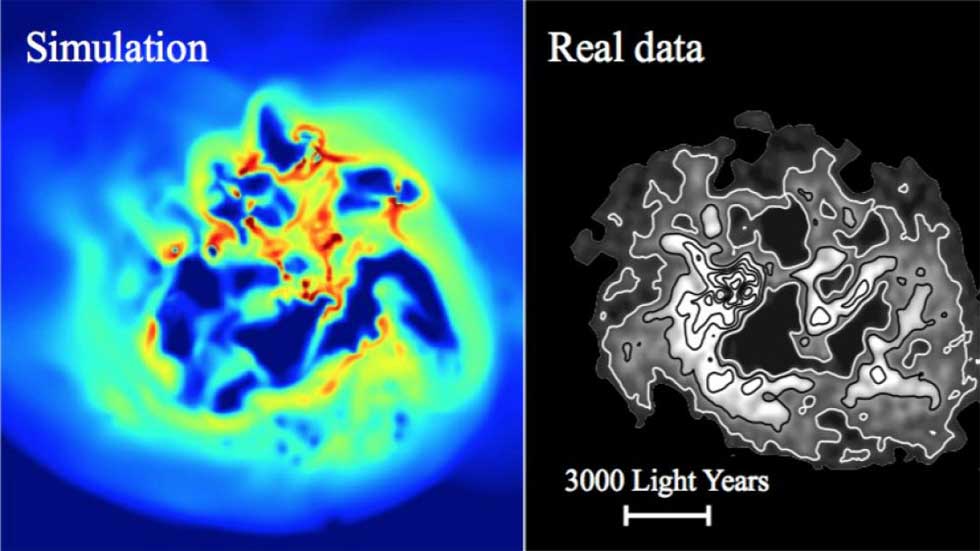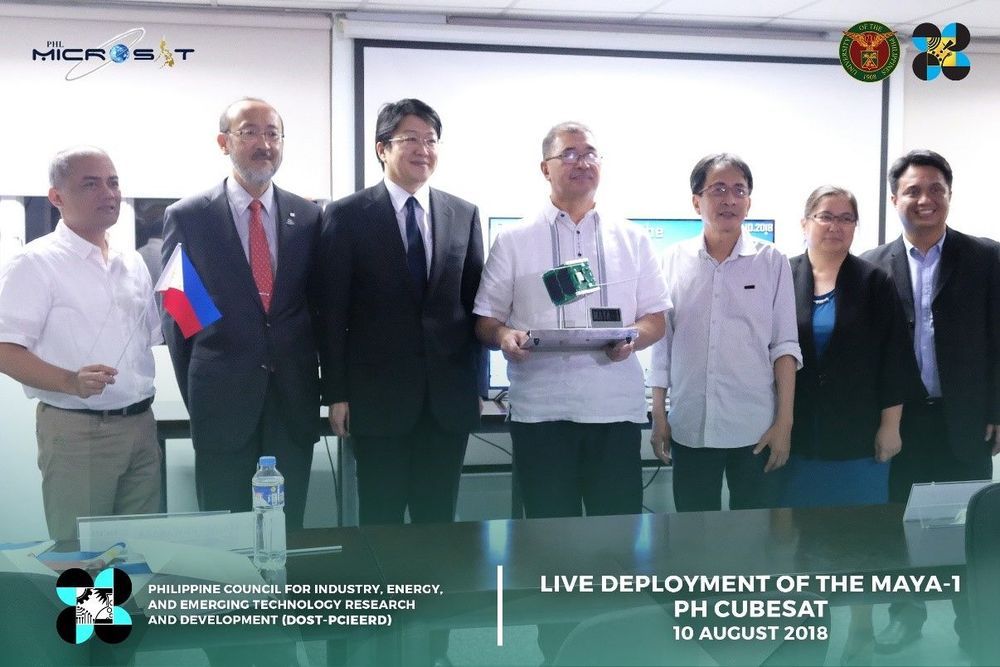Jan 7, 2019
Human Pilot Study Results for Senolytics Published
Posted by Steve Hill in categories: biotech/medical, life extension
The results from a human pilot study that focused on treating idiopathic pulmonary fibrosis with senescent cell-clearing drugs has been published. The drugs target aged and damaged cells, which are thought to be a reason we age and get sick, and remove them from the body.
Senescent cells and aging
As we age, increasing numbers of our cells become dysfunctional, entering into a state known as senescence. Senescent cells no longer divide or support the tissues and organs of which they are part; instead, they secrete a range of harmful inflammatory chemical signals, which are collectively known as the senescence-associated secretory phenotype (SASP).
Continue reading “Human Pilot Study Results for Senolytics Published” »








 With support from the National Network of Libraries of Medicine, the School for the Future of Innovation in Society at Arizona State University and SciStarter invite libraries to be part of
With support from the National Network of Libraries of Medicine, the School for the Future of Innovation in Society at Arizona State University and SciStarter invite libraries to be part of 








